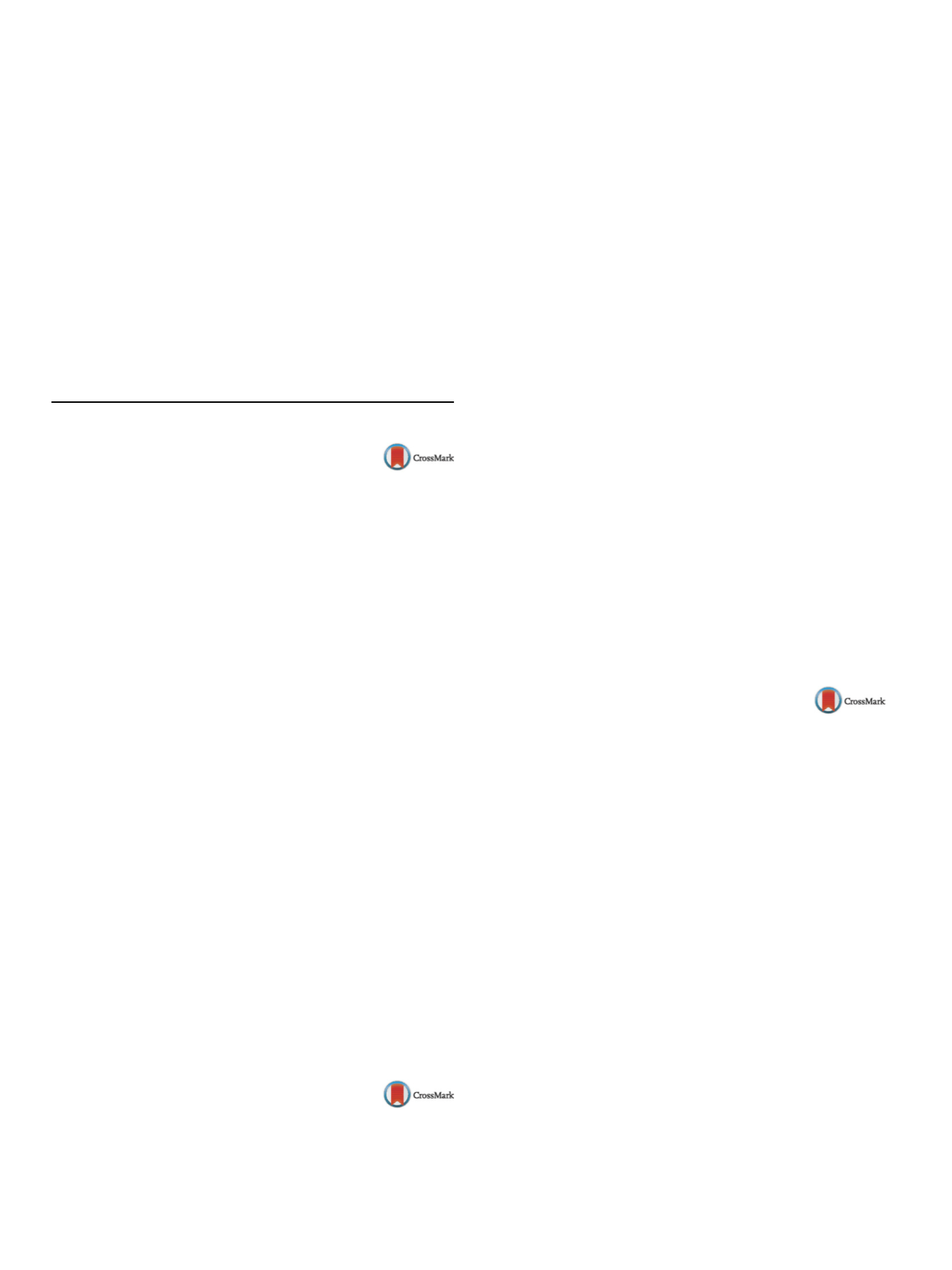

S120
25th European Congress of Psychiatry / European Psychiatry 41S (2017) S106–S169
MS group 11/35 patients relapsed (31.4%). No statistical difference
between the two continuation treatment strategies was observed
(Chi-square = 3.586;
P
= 0.06).
Conclusions
Our data confirm the efficacy of mood stabilizers
monotherapy in long-term treatment of our severe (psychotic fea-
tures, revolving-doors) bipolar patients. In fact, once the remission
was obtained, the clinical choice of discontinuing antipsychotic
therapy did not worsen the course of illness without a higher risk
of relapse.
Disclosure of interest
The authors have not supplied their decla-
ration of competing interest.
http://dx.doi.org/10.1016/j.eurpsy.2017.01.1911e-Poster walk: Child and adolescent
psychiatry–part 1
EW0043
A psychometric evaluation of the
Parents as Social Context
Questionnaire (PASCQ), Swedish
version
R. Addo
∗
, C. Åslund , K. Nilsson
Landstinget Västmanland, Centre for Clinical Research Västerås,
Västerås, Sweden
∗
Corresponding author.
To understand parent and child relations researchers have used
three bipolar dimensions (warmth and rejection, structure and
chaos, autonomy support, and coercion). These dimensions are not
necessarily bipolar but could work as unipolar dimensions. The
Parents as Social Context Questionnaire (PASCQ) has been used in
parenting studies but needs to be further investigated in different
populations to ensure the validity and reliability of the scale. The
present study explored the structures of and provided evidence
regarding validity and reliability of the PASCQ. This study aimed
to examine whether the Swedish version of the PASCQ is a reliable
questionnaire whenmeasuring the six dimension of parenting. The
participants consisted of 1634 adolescents (58.6% females) born in
1997 (52%) and 1999. Factor analyseswere conducted to investigate
whether the Swedish scale generated six dimensions. Regression
analyses were conducted to measure the different factors and
spearman correlations between dimensions were conducted. The
analysis indicates that the PASCQ consists of five dimensions, how-
ever rejection (negative) andwarmth (positive) loaded on the same
dimension and are referred to as two separate factors, making the
questionnaire consistent of six dimensions. All items had a factor
score >0.4 and loaded in a coherent manner. Therefore, the PASCQ
can be used to assess six dimensions of parenting styles. The PASCQ
Swedish version can be used as a measure of parenting styles in a
Swedish population. Further research is necessary to evaluate the
validity and reliability in other samples as well.
Disclosure of interest
The authors have not supplied their decla-
ration of competing interest.
http://dx.doi.org/10.1016/j.eurpsy.2017.01.1912EW0044
Childhood sexual abuse among new
psychiatric outpatients in a city in
Northern Alberta-prevalence rate and
demographic/clinical predictors
V. Agyapong
1 ,∗
, M. Juhás
1, A. Ritchie
2, O. Ogunsina
3,
L. Ambrosano
3, S. Corbett
31
University of Alberta, Department of Psychiatry, Edmonton, Canada
2
Northern Lights Regional Health Centre, Intensive Care Unit, Fort
McMurray, Canada
3
Northern Lights Regional Health Centre, Department of Psychiatry,
Fort McMurray, Canada
∗
Corresponding author.
Child sexual abuse (CSA) is amajor global health problemwith seri-
ous adverse effects at later ages. Our paper examines the prevalence
rates and the demographic and clinical predictors of CSA among
adult psychiatric outpatients. A data assessment tool was used to
compile information on the demographic and clinical character-
istics of all new patients assessed in four psychiatric outpatient
clinics between 1st January 2014 and 31st December 2015. The
12-month prevalence rate for CSA among new psychiatric outpa-
tients in Fort McMurray was 20.7% (10.7% for males and 26.9% in
females). With an odds ratio for sex of 3.30 (CI = 2.06–5.29), female
patients are about three times more likely to report a history of
CSA compared to male patients when controlling for other factors.
Similarly patients with at most high school education (OR = 1.8,
CI = 1.145–2.871) and those with previous contact with psychi-
atric services (OR = 1.7, CI = 1.124–2.616) were about two times
more likely to report a history of CSA compared to the patients
with college/university education or thosewithno previous contact
with psychiatric services respectively. Similarly, patients with his-
tories of substance abuse (OR = 1.5, CI = 1.179–2.642) and patients
with family histories of mental illness (OR = 1.8, CI = 1.032–2.308)
had higher likelihoods of reporting histories of CSA compared to
patients without histories of substance abuse or family histories
of mental illness respectively. Our findings suggest that victims of
CSA are an at-risk population in need of ongoing mental health and
educational support.
Disclosure of interest
The authors have not supplied their decla-
ration of competing interest.
http://dx.doi.org/10.1016/j.eurpsy.2017.01.1913EW0045
Burden for caregivers of children with
attention-deficit/hyperactivity
disorder in Oman
N. Al Balushi
1 ,∗
, M. Al Shukaili
2, S. AL Adawi
31
Sultan Qaboos University, Psychiatry, Barka, Oman
2
Ministry of health, child and adolescent psychiatry, Muscat, Oman
3
Sultan Qaboos University, psychology, Muscat, Oman
∗
Corresponding author.
Introduction
Nurturing children with neurodevelopmental dis-
orders such as ADHD is associated with psychological burden to
the caregivers. Oman has a pyramidal population structure with
the bulk of the population are in the pediatric age group. Previous
studies have indicated that ADHD is common in Oman.
Objectives
To measure level of burden of care among caregivers
of children with ADHD and the relationship between the degree of
burden, subtypes of ADHD and socio-demographic factors.
Methods
A cross sectional study conducted in a tertiary hospi-
tal in Oman. Arabic-version of the Zarit Burden Interview (ZBI)
was used to evaluate the level of burden among the caregivers.
The severity and subtypes of ADHD were quantified using Van-
derbilt ADHD Parent/Teacher Rating Scale
.
Socio-demographic
background and clinical data were gathered from medical records.
Results
The study included caregivers of 100 childrenwithADHD.
Themean ZBI scorewas significantly high for the parents of children
with ADHD. As for the relationship with socio-demographic back-
ground, mothers of children with ADHD reported a higher mean
ZBI score compared to fathers. Factors such as income, number of
siblings, and severity/subtypes of ADHD played significant roles.
Conclusion
To our knowledge, this is the first study of
Arab/Islamic population exploring the burden of care for children


















